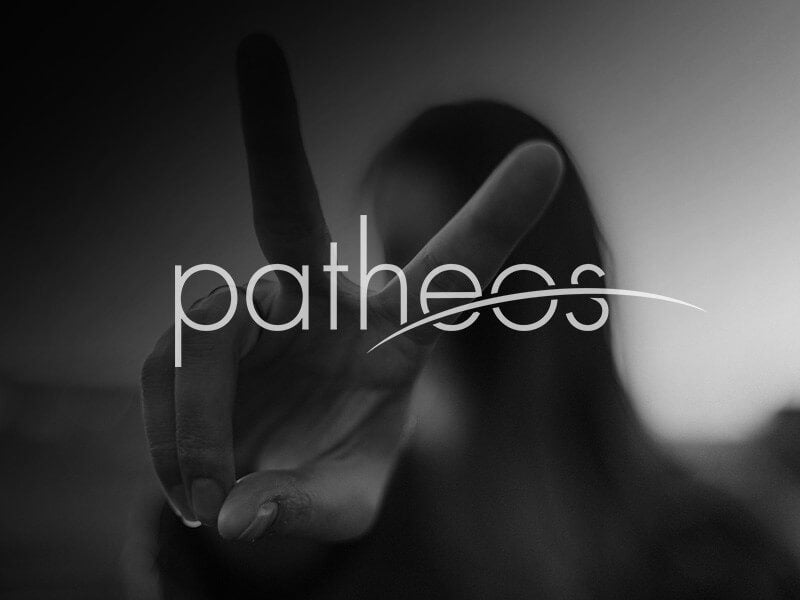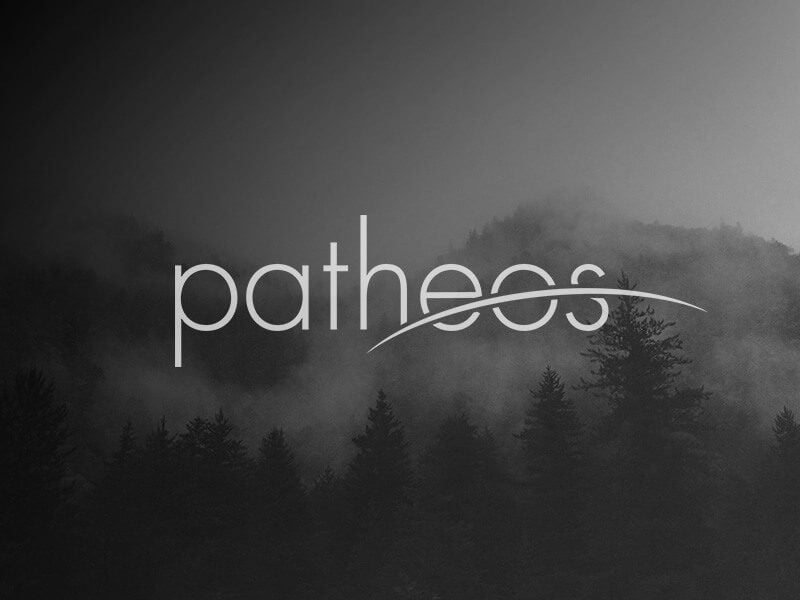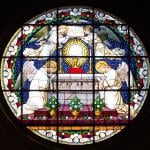Continuing now with my chapter-by-chapter review of Introduction to Catholicism for Adults by Rev. James Socias, which you’ll recall is hefty enough that yes, it is necessary to review the book in bits. Chapter 2, aptly titled “The Existence of God and Divine Revelation” is about . . . yep, that.
The chapter can be divided neatly into two sections, per the title. For use in RCIA or another course, I’d recommend teaching the chapter over two sessions, as either topic is more than sufficient to fill a class and then some.
The first half of the chapter covers the various proofs for the existence of God — appealing to human experience, to The Five Ways of St. Thomas Aquinas, and answering common objections to belief in God.
Proofs from human reason only get us so far; we can know that there is a God, but we can’t know much beyond that. The second half of the chapter is where divine revelation — that is, God, revealing Himself to us — fills in the blanks.
The chapter provides an excellent introduction to sacred tradition and Scripture, covering all the basics a Catholic needs to know:
- What is sacred tradition, and how does it fit into history?
- How was the Bible written?
- What’s in the Bible?
- How did we get the canon of Scripture?
- What is the Magisterium?
- And who is St. Jerome, and how can someone so cranky get to be a saint?
(Maybe that’s not the way the book phrases it, but let’s just say that if you’re so grumpy people will still be mentioning your invective a millenium-and-some later, consider moving to the desert and undertaking a massive work of mercy. It might improve your chances for canonization.)
The supplemental end-of-chapter reading is a passage from Dei Verbum. The study and discussion exercises hone in on the most important points of the chapter, and are well suiting to helping organize class time.
Instructor Resources for Chapter 2
Two books came to mind as I was reading through this chapter. If you are new to the apologetics for the existence of God, the Handbook of Christian Apologetics by Peter Kreeft and Ronald K. Tacelli provides a very readable and down-to-earth set of summaries for the arguments against atheism. (The 1994 edition suffices.) For a defense of sacred tradition against the proponents of sola scriptura, Mark Shea’s By What Authority? An Evangelical Discovers Catholic Tradition is a quick and readable exploration of how the Catholic position holds up under scrutiny.
For students who wish to dig deeper into these topics, MTF offers a high school text book (rigorous) and a more condensed course for use in a weekly study group (still quite rigorous), both entitled Faith and Revelation. I review the parish edition here. The parish edition in particular makes no assumption that the student already accepts and practices the Catholic faith, so the course would work well either before or after RCIA. Another course to consider is Christian LeBlanc’s The Bible Tells Me So, which is ideal for gaining an overview of how Scripture and sacred tradition fit together.
That’s all I’ve got to report on Chapter 2, but if you have any questions as we read along, feel free to ask away, and I’ll answer as best I can.
Just tuning in to this series? View my chapter 1 notes here. Now off to keep reading!












